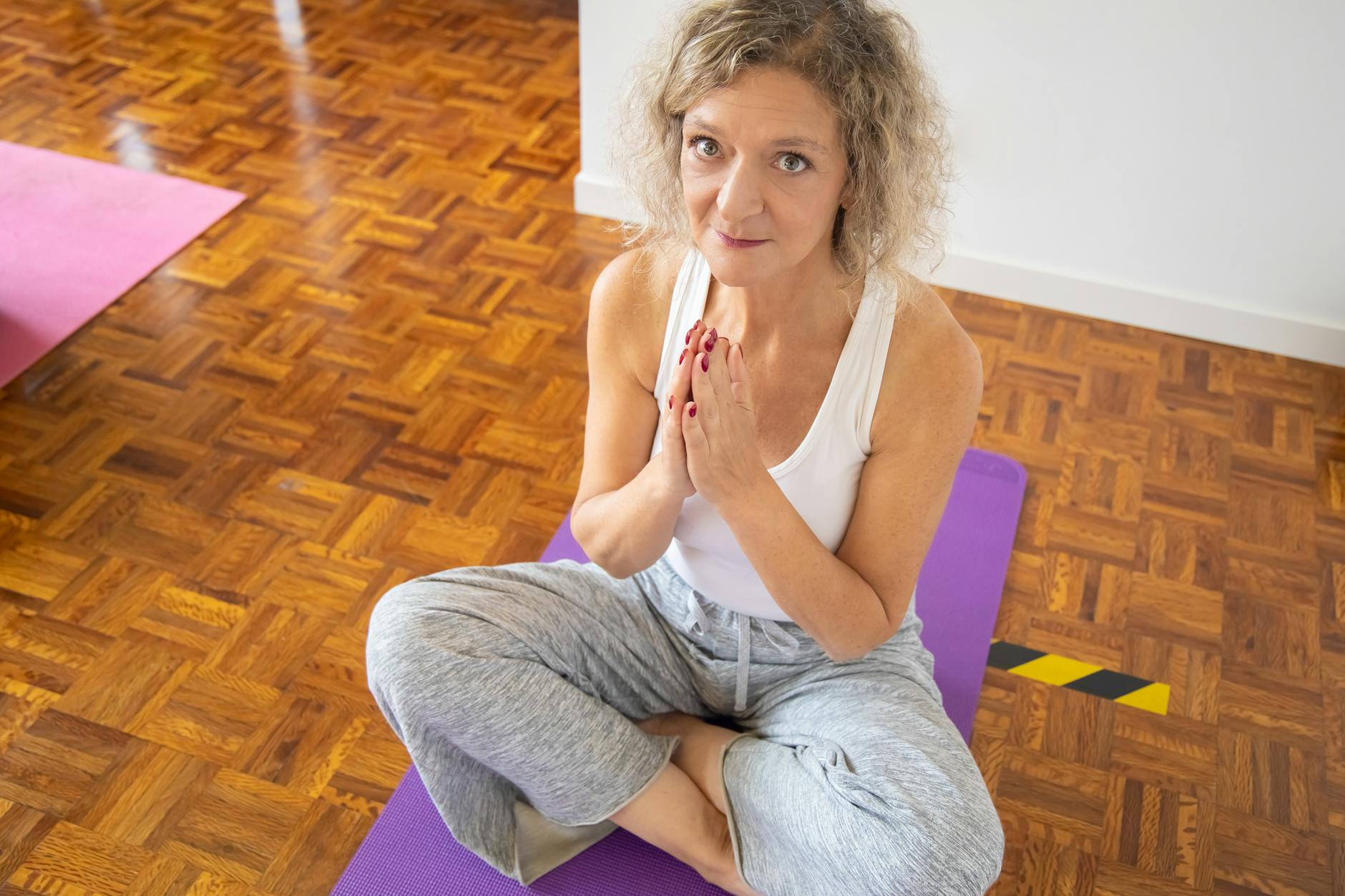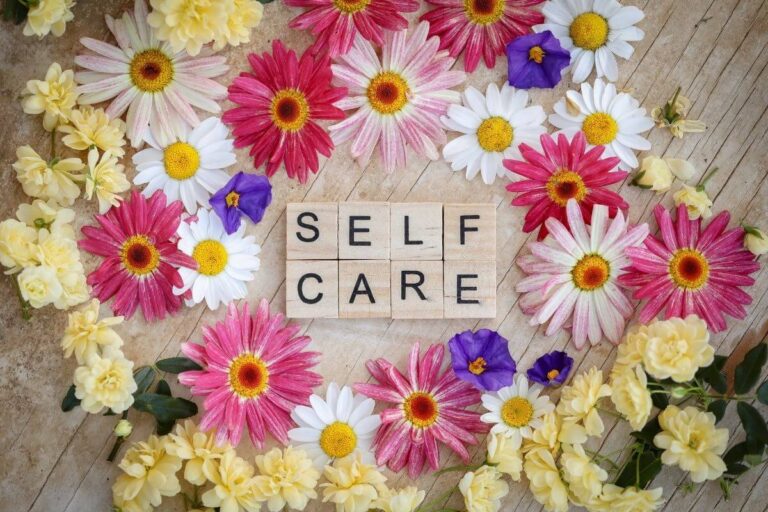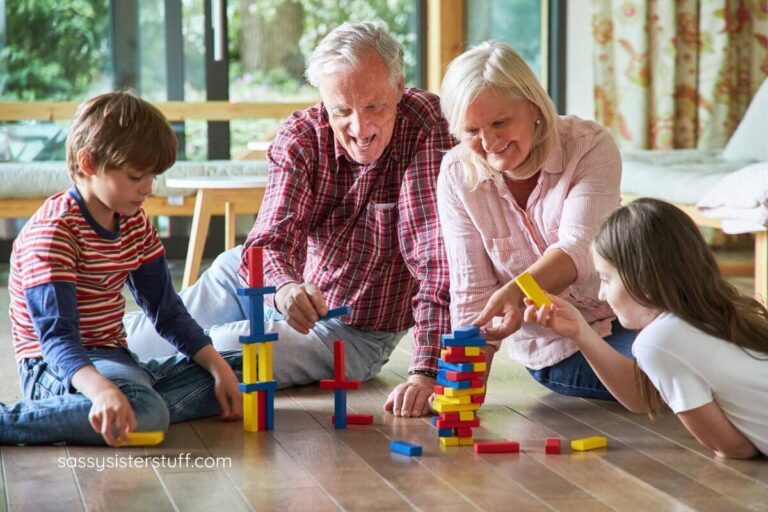15 Ways to Challenge Ageism in Everyday Life
Ageism shows up in many small ways every day, often without us noticing. It can affect how people see you or how you see yourself, creating barriers in everyday situations.
Understanding how to challenge ageism helps you protect your confidence and encourages respect at any age. By recognizing these moments, you can take simple steps to change attitudes around you.
Ask someone to explain their ageist joke to highlight stereotypes

When you hear an ageist joke, try asking the person to explain it. This puts the spotlight on the assumptions behind the joke.
It lets you gently show how the humor relies on outdated or unfair stereotypes about age.
This can make people think twice about what they’re saying. Sometimes, they might not even realize their joke is hurtful.
By asking for an explanation, you create a moment to challenge ageism without being confrontational.
It’s a simple but effective way to encourage more respectful conversations about aging and the people in your life.
For more ways to address these situations, see tips on challenging ageism through conversations.
Question if age is relevant to the comment made

When someone makes a remark about age, pause and ask yourself if age really matters in this situation. Is the comment based on facts, or is it just a stereotype?
You don’t have to accept age as the reason behind every judgment. Sometimes, people use age as a shortcut without thinking it through.
By questioning whether age is actually relevant, you challenge assumptions. This helps shift conversations away from unfair age-based ideas and towards more accurate, respectful views.
This simple habit can reduce the impact of ageism in daily interactions and encourages others to think twice before making age-related comments. Check out more on how to use conversations to challenge ageism at Age without limits.
Educate yourself about ageism and its impacts

To fight ageism, you first need to know what it is and how it shows up. It’s not just about old stereotypes but also how these ideas affect your daily life and well-being.
When you understand the different ways ageism can harm people—like limiting job opportunities or affecting mental health—you’re better prepared to spot it. This knowledge helps you challenge unfair attitudes and support others facing discrimination.
You can learn from articles, videos, or even conversations with people of different ages. Being informed makes it easier to call out ageism when you see it and helps create a more inclusive environment for everyone. For more details, check out how to educate yourself about ageism and its impacts.
Call out ageist remarks politely when you hear them
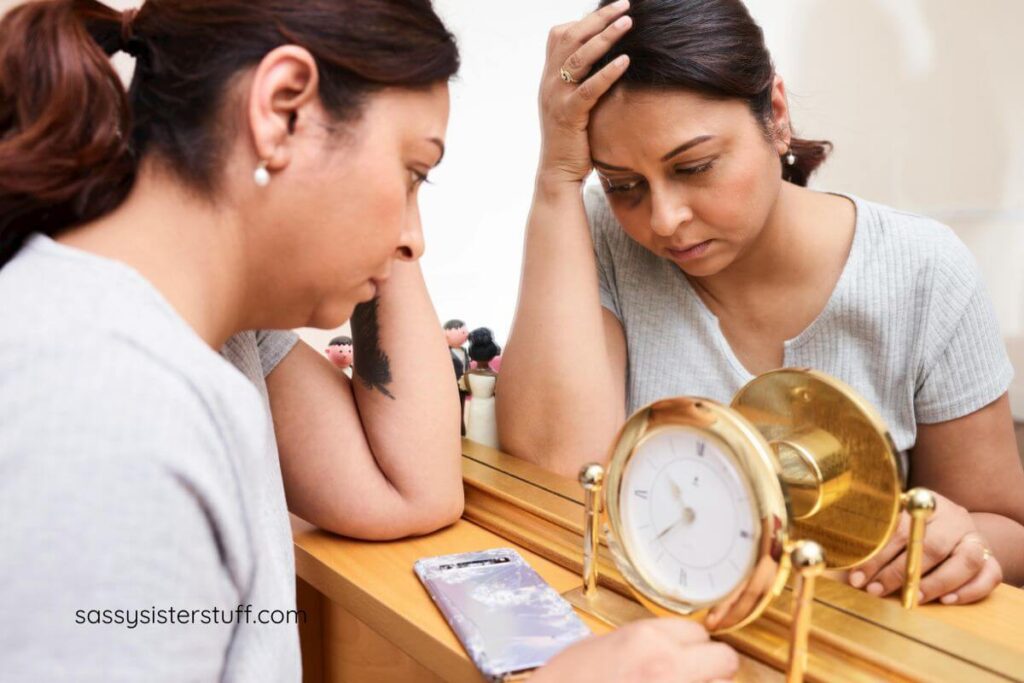
When you hear ageist comments, don’t stay silent. You can calmly point out why the remark might be hurtful or outdated.
Try using phrases like, “That sounds a bit unfair to older people,” or “Actually, that’s a stereotype, and it’s not true for everyone.” This keeps the tone light but clear.
Your polite response can make people think twice without feeling attacked. It’s a small step that helps challenge ageism in everyday conversations and shows respect for all ages. For tips on how to respond kindly, check out how to respond to ageist comments.
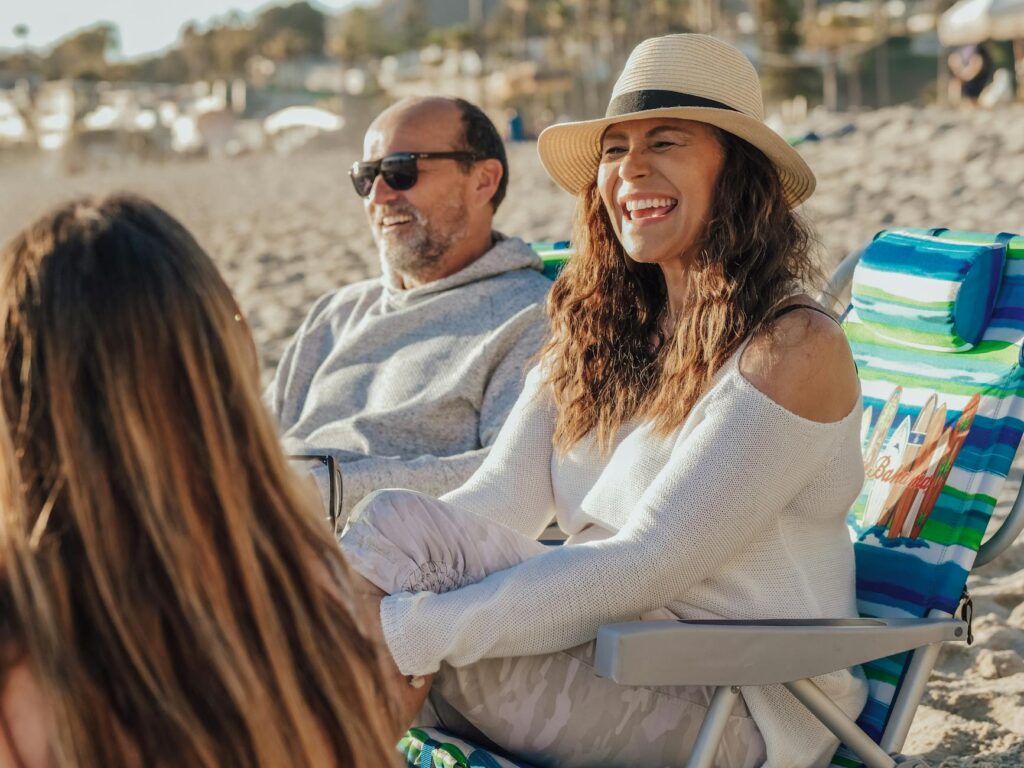
You can break down ageism by sharing real stories that show how diverse people’s experiences really are. When you talk about someone who defies typical age expectations, it opens up new ways of thinking.
Your own stories or ones you hear from others help highlight strengths and skills, not just limitations. This makes it easier for people to see age in a different, more positive light.
Try to include examples from everyday life where older people succeed or younger folks surprise with wisdom. Sharing these stories is a simple way you can challenge stereotypes and create more understanding.
Learn more about how stories can fight ageism at Age without limits.
Mentor younger or older people to pass on skills

You can help break down age barriers by sharing your knowledge with others. Whether it’s teaching tech skills to older adults or passing job know-how to younger colleagues, mentoring creates connections.
When you take time to mentor, you show that learning goes both ways. It’s a chance to appreciate different experiences and challenge stereotypes about what people “should” know at certain ages.
Plus, mentoring builds respect and trust across generations. This simple act encourages understanding and helps fight ageism in everyday interactions. For more ideas on challenging ageism, check out how to challenge ageism in our everyday lives.
Reflect on your own age biases and privileges
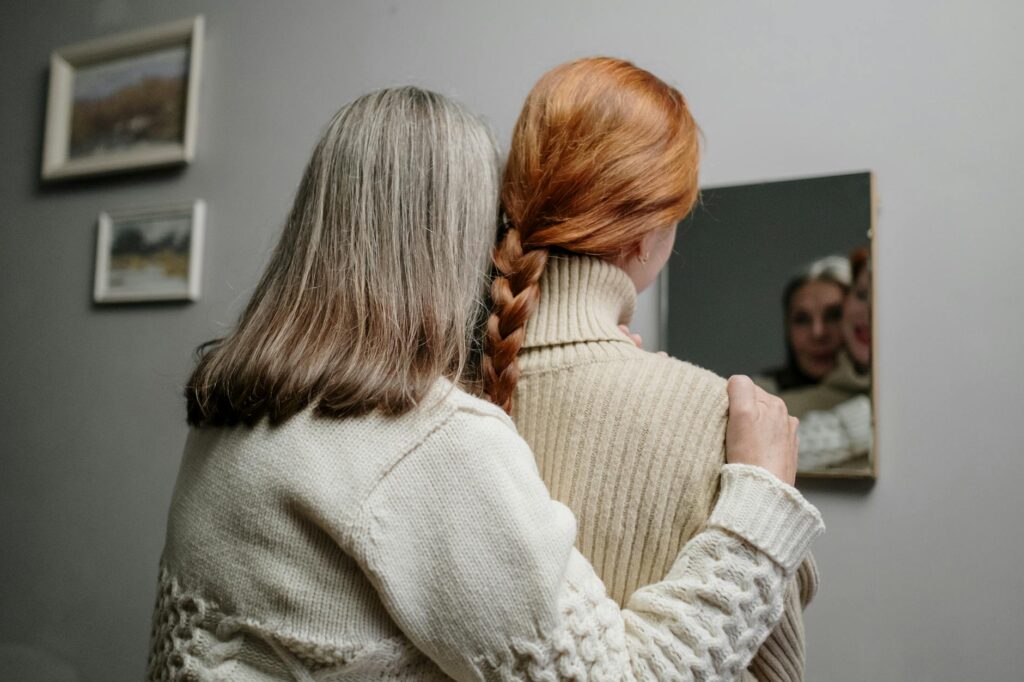
You probably have some unconscious ideas about people based on their age. It’s normal, but becoming aware of these biases is the first step to challenging ageism.
Think about how your own age affects your experiences. Maybe you benefit from certain privileges because of your age without even realizing it.
Being honest with yourself about these biases and privileges helps you see situations more clearly. It lets you treat people of all ages with more respect and fairness. Reflecting on your own attitudes is key if you want to make a real change.
For more insight on understanding age biases and privileges, check out this guide on how to challenge ageism.
Encourage people to see individuals beyond their age
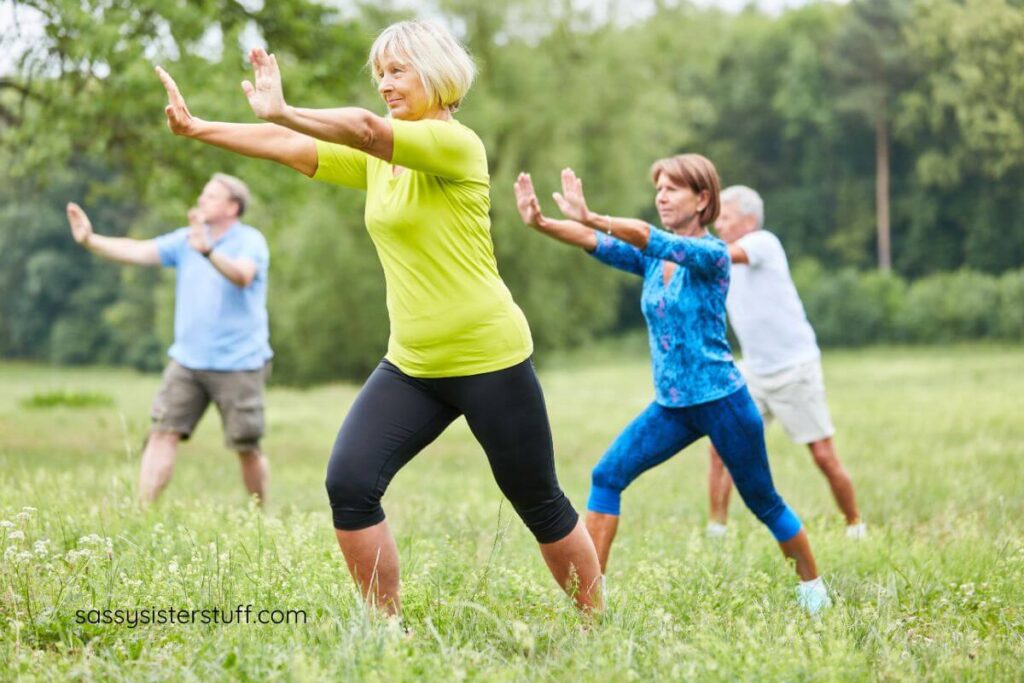
You can help others look past someone’s age by focusing on their skills and experiences instead. When you talk about someone, highlight what they bring to the table, not how old they are.
Pointing out common interests or shared goals also breaks down age barriers. It reminds everyone that people are much more than a number.
When you notice age-based assumptions, gently challenge them. Encourage others to get to know people personally rather than relying on stereotypes.
By shifting the focus, you make it easier for everyone to appreciate real qualities, not just age. This small change can reduce ageism in everyday life. For more ideas, see this page on challenging ageism through conversations.
Use humor to defuse ageist comments

When you hear an ageist remark, a light-hearted joke can ease tension and shift the tone. Humor helps you address the comment without creating conflict.
You might laugh it off or make a clever comeback that highlights the silliness of the stereotype. This approach shows you’re confident and don’t take the bias seriously.
Using humor also invites others to rethink their assumptions gently. For ideas, check out ways to respond to ageist comments with humor and civility from this helpful discussion.
Remember, your quick wit can change the mood and open the door to more respectful conversations.
Support local programs that combat age discrimination

You can make a difference by getting involved with local groups working to fight ageism. These programs often offer workshops, support networks, or advocacy efforts that help raise awareness.
Supporting these initiatives can be as simple as volunteering your time or spreading the word to friends and family. When you back local efforts, you help create a community that values people of all ages.
Check out organizations near you that focus on age discrimination. Your participation strengthens their impact and promotes respect across generations. Learn more about ways to challenge ageism through local programs and resources.
Invite others to ‘walk a mile’ in different age perspectives
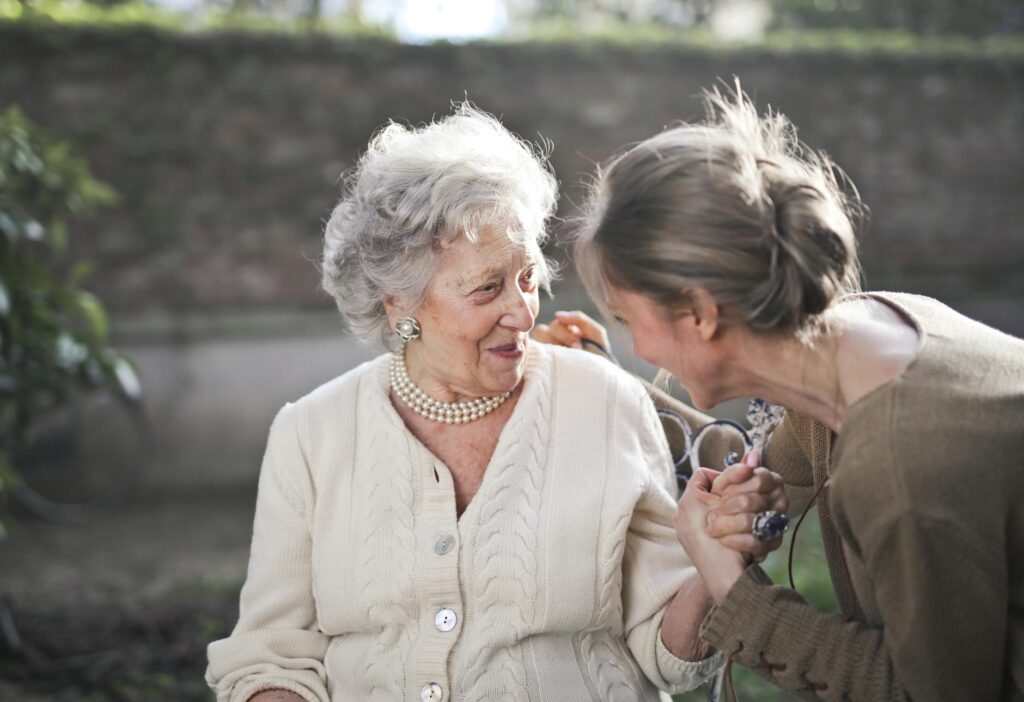
You can help challenge ageism by encouraging people to see things from different age viewpoints. Suggest spending time with someone from another generation to share their daily experiences and challenges.
This kind of empathy helps break down stereotypes and shows that everyone faces unique struggles.
When you invite others to understand how age influences life, it opens up conversations about respect and fairness.
It’s a simple way for you to build connections and promote kindness across age groups.
Try organizing activities or discussions where people can openly talk about what it’s like to be at different ages. This makes ageism less of a mystery and more of something we can all work to change together.
Learn more about why conversations matter at Age without limits.
Highlight achievements of people of all ages

You can challenge ageism by noticing and celebrating what people accomplish, no matter their age. Recognizing contributions from both younger and older individuals helps break down stereotypes.
When you highlight achievements, you show that everyone has value and skills to offer. It encourages respect and shifts the focus from age to ability.
Try sharing stories of success from your own circles or in your community. This simple act promotes a more positive view of people at every stage of life.
Remember, age doesn’t limit what someone can achieve—it just adds to their story. For ideas on tackling ageism, check out strategies from Ageing-Better.org.uk.
Avoid using phrases like ‘for your age’ as compliments

When you say something like “You’re really sharp for your age,” it might seem like a compliment. But it can actually come off as backhanded. It implies that being good or capable is surprising just because of their age.
Try to avoid linking achievements or qualities to age. Instead, focus on the person’s talents or actions without adding qualifiers.
Using language like this can unintentionally reinforce stereotypes. You can learn more about avoiding ageist phrases in everyday talk at Please Stop Using These Common Ageist Phrases.
Promote intergenerational conversations at work or in community
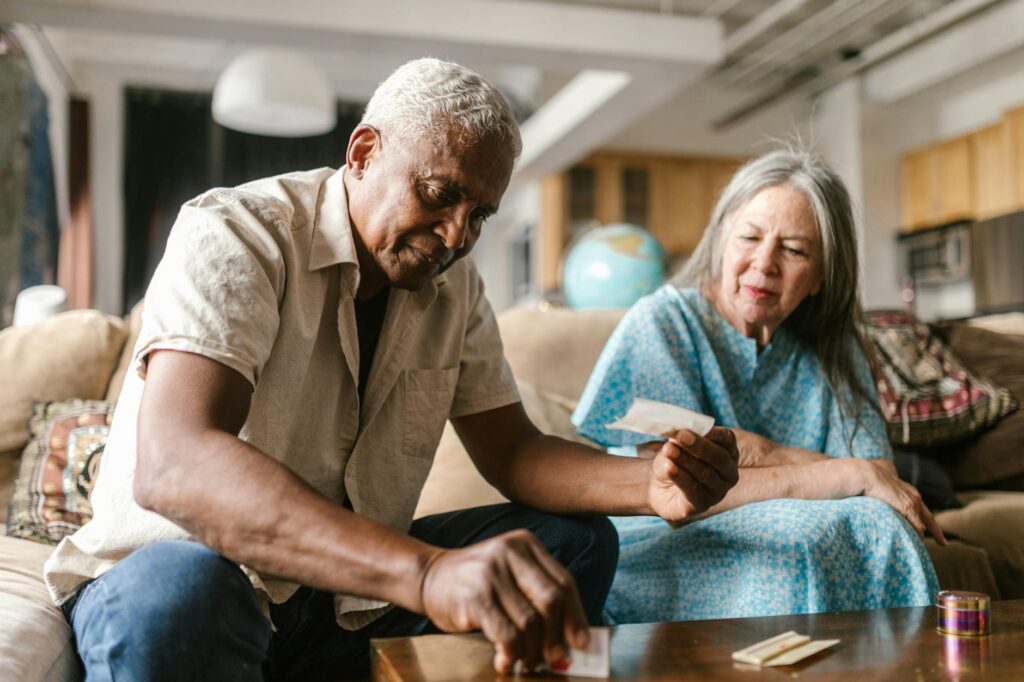
You can break down age barriers by simply starting conversations between different generations. When people talk face-to-face, it helps everyone see beyond stereotypes and appreciate new perspectives.
Try to encourage collaboration on projects where younger and older people work together. This can happen at your job, community groups, or even casual meetups.
These conversations make it easier to challenge assumptions about age. They also create a space where everyone feels valued, regardless of how old they are. Learn more about the benefits of this approach at Age without Limits.
Challenge media that portrays negative age stereotypes
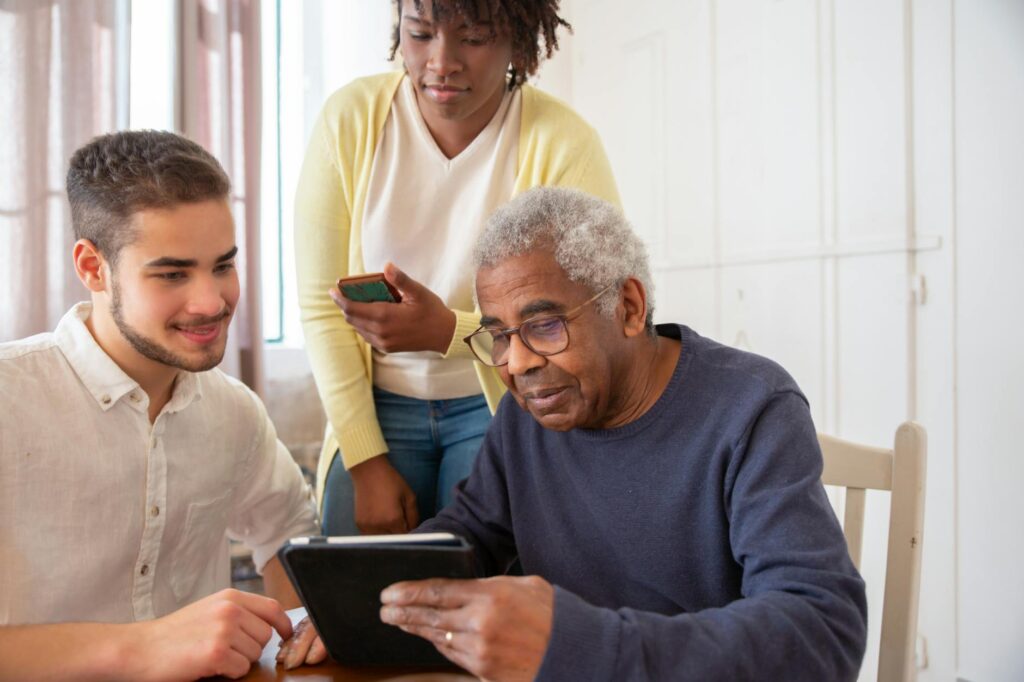
When you come across media that shows older people in a negative or stereotypical way, don’t just scroll past it. Point it out and question those stereotypes. Calling attention to these portrayals helps others see the problem too.
You can also support media that gives a more accurate and positive view of all ages. Sharing stories and content that show diverse experiences breaks down those old ageist ideas.
Remember, everyday headlines and ads often repeat the same old stereotypes. By challenging these, you help change the conversation around ageing for everyone. For more on how media fuels ageist views, see this detailed analysis.
Related: 15 Clever Hacks To Reduce That Never-Ending Grocery Bill

Managing grocery expenses can be challenging for many households, especially with rising food costs and fluctuating budgets.
However, with some creativity and resourcefulness, you can implement numerous clever hacks to reduce your never-ending grocery bill without sacrificing the quality or variety of your meals.

